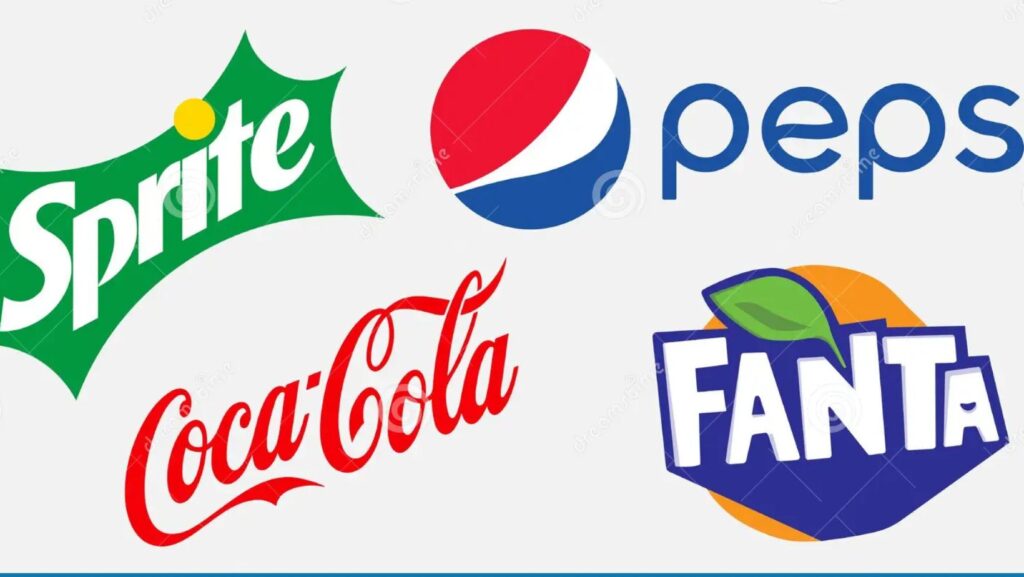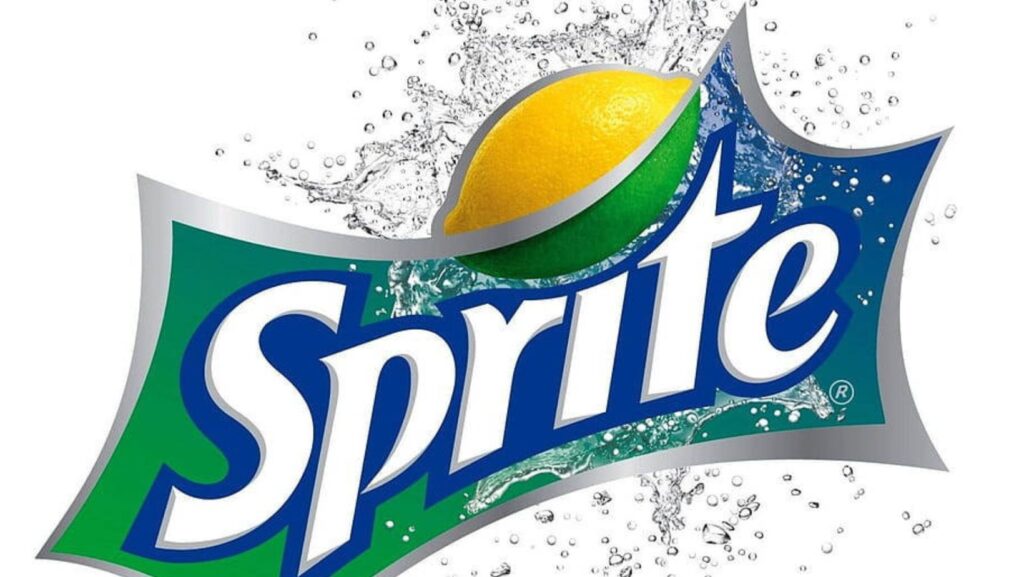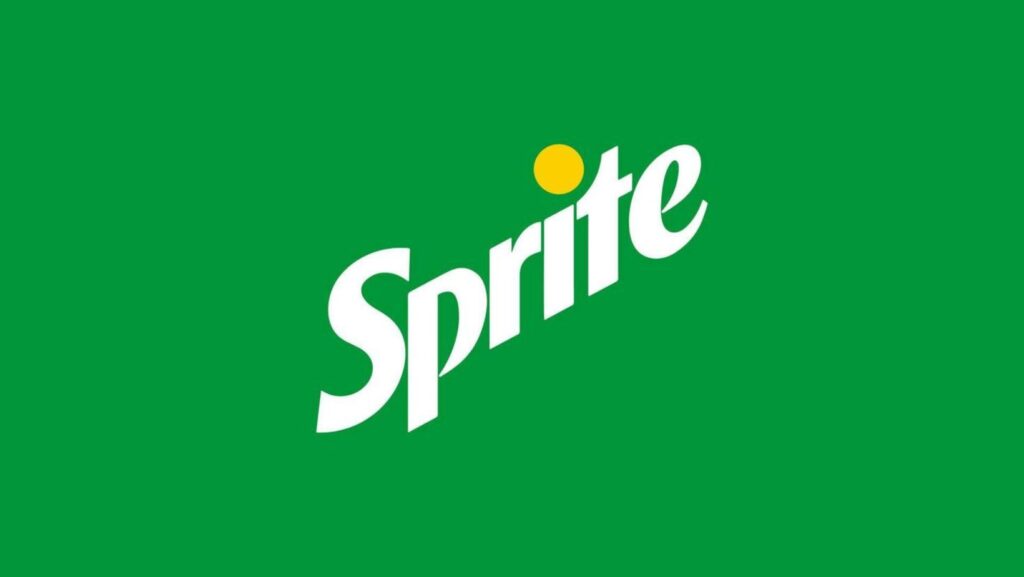Logo:pbvp0adnh8i= Sprite

In the fast-paced world of digital design, efficiency and creativity go hand-in-hand. Enter the logo sprite—a powerful tool that streamlines web design while enhancing visual appeal. By combining multiple images into a single file, logo sprites reduce the number of server requests, leading to faster loading times and a smoother user experience.
Web designers and developers embrace logo sprites for their ability to optimize performance without sacrificing quality. As websites become more complex, the demand for quick, seamless navigation grows. Logo sprites offer a clever solution by minimizing the load on servers and ensuring that visitors enjoy a visually cohesive experience.
Understanding the mechanics of logo sprites can unlock new possibilities for web projects. They not only enhance site speed but also contribute to a polished, professional appearance. As more brands recognize the importance of a strong online presence, logo sprites emerge as an essential component in the toolkit of modern web design.
Understanding Logo Sprites

Logo sprites, essential in web design, consist of combining multiple logos into a single image. This approach minimizes HTTP requests, allowing web pages to load faster and enhancing the overall user experience. By using CSS background positioning, designers can display specific parts of the sprite as needed.
To create a logo sprite, designers gather multiple logo images, organize them efficiently in a single file, and use CSS to specify which part of the image to display. This method not only conserves bandwidth but also ensures consistent logo quality across different devices and screen sizes.
Efficiency gains are significant because logo sprites reduce server load. When a page requests fewer image files, server response times improve, contributing to a seamless browsing experience. Brands benefit from logo sprites as it helps maintain a cohesive visual identity without sacrificing performance.
Benefits Of Using Logo Sprites
Using logo sprites offers significant advantages for web design efficiency and performance. They enhance visual consistency and provide technical benefits.
Faster Load Times
Logo sprites help load web pages faster by combining multiple logos into one image file. This reduces the number of HTTP requests a browser makes, which speeds up page load times. Fewer requests lead to quicker data transfer, contributing to a better user experience. Faster load times can improve search engine rankings as well.
Improved Performance
Including logo sprites optimizes overall web performance. By reducing network latency and server load, sprites improve server response times. Performance enhancement is crucial for websites with high traffic or complex designs. Users experience seamless navigation without delays, and brands maintain a polished online appearance, keeping visitors engaged.
How To Create A Logo Sprite
Creating a logo sprite involves strategic design and optimization, boosting both performance and consistency across digital platforms.
Designers focus on creating a uniform aesthetic to ensure logos within a sprite appear interconnected. This involves selecting a consistent color palette and typography. Maintaining uniform dimensions for each element enhances visual harmony. Brands achieve a unified look across platforms by using similar visual elements, reinforcing identity.

Combining logos into a single sprite file requires precise positioning and efficient file organization. Designers use graphic software like Adobe Photoshop or GIMP to arrange logos in a grid layout. Careful attention to spacing between logos ensures clean separation and avoids overlap. Exporting the final image in formats like PNG or JPEG, depending on needs, optimizes for quality and file size. CSS is then applied to display each logo segment on a web page, ensuring proper alignment and adaptability to various devices.
Logo sprites offer a strategic advantage in digital design by marrying efficiency with creativity. They streamline website performance by reducing server requests and enhancing load times, which is crucial for maintaining a seamless user experience. Designers benefit from the ability to maintain a consistent visual identity across various platforms and devices. By using tools like CSS Sprite Generator and Adobe Photoshop, they can create optimized sprites that align with branding goals. However, it’s essential to avoid common pitfalls such as overcrowding and neglecting image quality to maximize the effectiveness of logo sprites. Ultimately, they play a vital role in crafting a polished and cohesive online presence.
